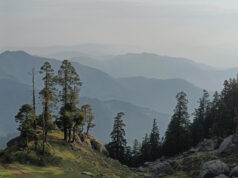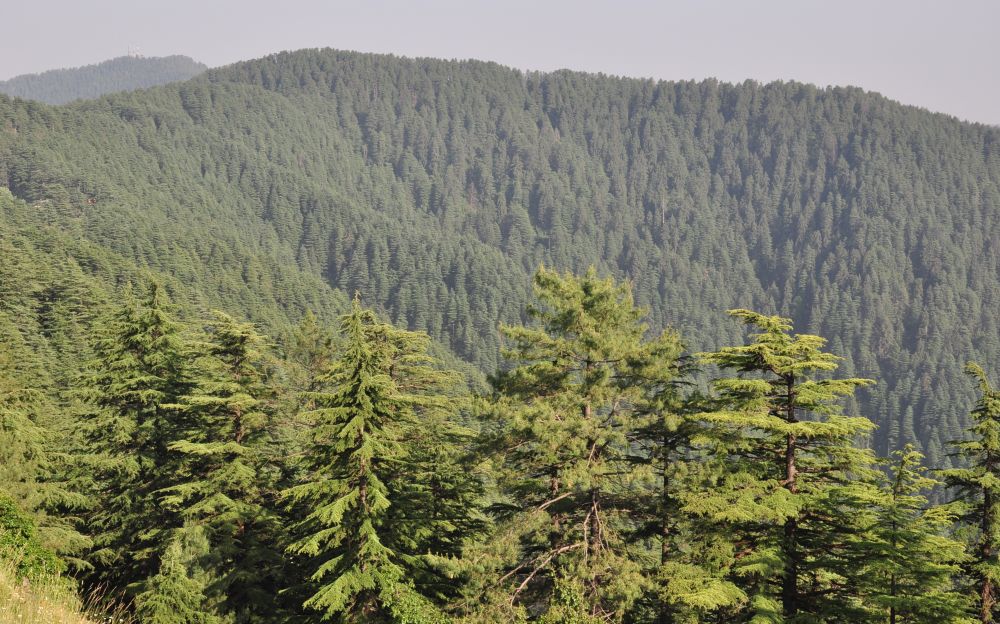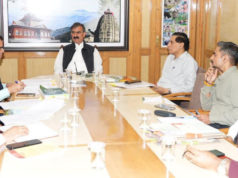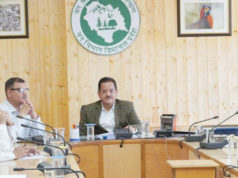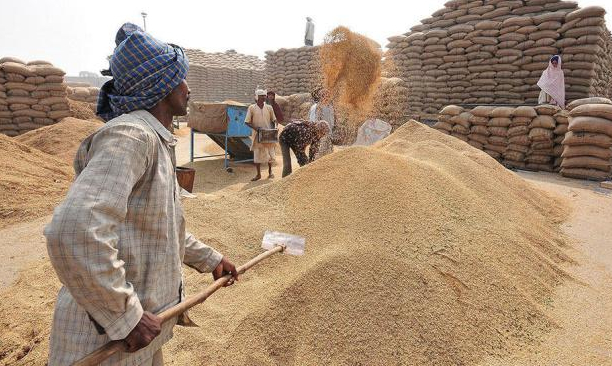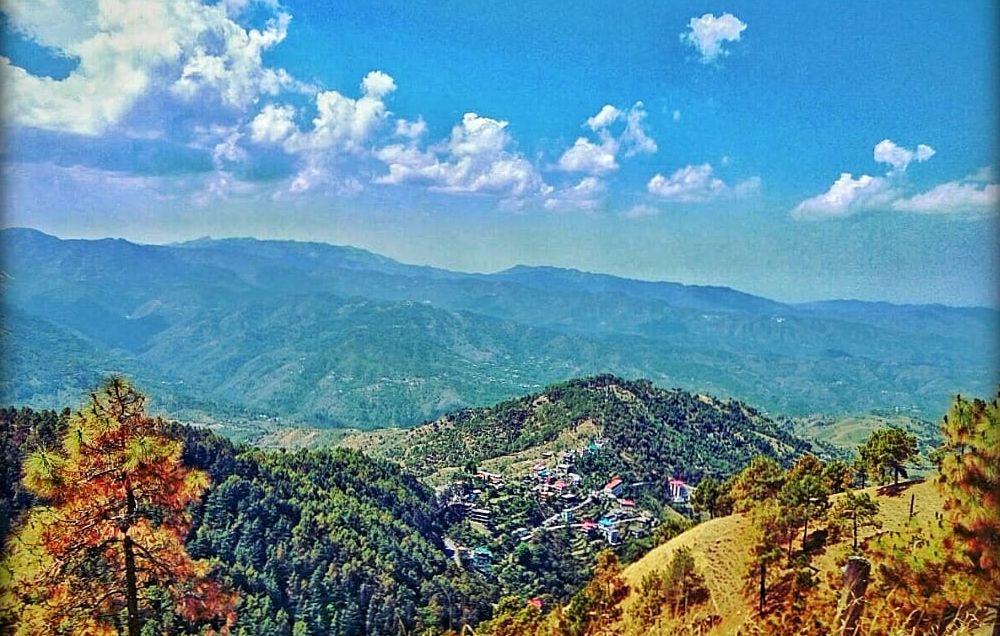Forests of Himachal Pradesh known for their grandeur and splendour are the green pearl in the Himalayan crown. To protect this life supporting system from the impact of modern civilization, economic development and increasing human and cattle population, the state government claiming of taking initiatives for further expansion of green cover in the state.
As per the Indian State of Forest Report, 2015 released by the Indian Institute of Forest Surveys, Dehradun an increase of only 13 Sqkm of forest land has been recorded in the forest cover and authority concerned boosting it as an achievement of concerted efforts of the State Government.
Himachal Pradesh has become the first state to receive carbon credits in Asia and had already received the first instalment of Rs. 1.93 Crore and distributed amongst the stakeholders associated with plantation work and panchayats.
An areas of 17429 hectares was brought under forest cover in year 2013-14 by spending Rs 1.66 Crore, 12730 hectare in 2014-15 by spending Rs. 1.35 crore and 11449 hectare of land was covered during 2015-16 at a cost of Rs. 1.22 crore. Besides, 45.30 lakh medicinal plants were planted in year 2013-14, 46.70 lakh plants in 2014-15 and 43 lakh plants in the year 2015-16.
During the plantation drive, plantation of broad leave, wild and medicinal was done so as to generate employment opportunities to the villagers. The State Government has formulated a strategy for the plantation of various species alongside the roads constructed under Pradhan Mantri Gram Sadak Yojna under which one lakh saplings of shahtoot (mulberry), jamun (Jambolan), saru (Cypress), shisham, spheda (Ceruse), piple, deodar and neem had been planted through MGNREGS workers last year.
The maintenance period in plantation areas has been enhanced from three to five years and seven years under CAT plan so as to increase plant’s survival percentage and RCC fencing is being encouraged for preventing deforestation. In order to provide relief to the farmers from lentana and other hazardous weeds, State government had set a target to make 5000 hectare of land lentana free with a budget provision of Rs. five crore during 2013-14, 10,000 hectare with a budget of Rs.16.48 crore during the year 2014-15 and to make 13,060 hectare land lentana free during the year 2015-16 by spending Rs.19.29 crore and to utilise the land for fuel wood, fodder and water conservation works so that the local people, stray cattles and Sheppards could get relief. This year Rs. 16.07 crore provision has been made to make 13000 hectare area lantana free and reestablishing the same.
With a view to accelerate development works in the State, various developmental schemes have been provided approval under the Forest Conservation Act, 1980. Under this, the State Government has been authorised for resolving the issues of transfer of forest land upto one hectare for developmental works. This would simplify the approval process of various projects. As a result, during three and half years 543.96 hectare forest land has been transferred for 202 developmental projects,which has given new boost to the development of the State.
Intensive forestry works had been started under Green India Mission in Mandi, Bilaspur, Hamirpur and Kangra districts. Under the National Bamboo Mission for the development of species of bamboos in Nahan, Bilaspur, Mandi, Hamirpur and Kangra districts Rs. 1.49 crore were spent in the year 2014-15 and Rs. 1.29 crore in 2015-16. Under this Mission, Rs 3.24 crore are being spent during current fiscal.
“H.P. Forest Eco-System Climate Proofing,” a German Development Bank project of Rs. 310 crore had been started in April, 2015 in Kangra and Chamba districts. MoU has already been signed for two million Euro grant under this German aided project and the amount would be utilized for training programme of forest officials and development of local communities. Under the project, Rs. 2.40 crore had already been spent whereas Rs. 40 crore are being spent under various activities.
Protection of forest wealth and efforts for environment conservation could be successful only with the active participation of public. Thus, each and every citizen of the State should contribute in preserving this precious wealth of nature as this would be the best gift for the coming generations.


